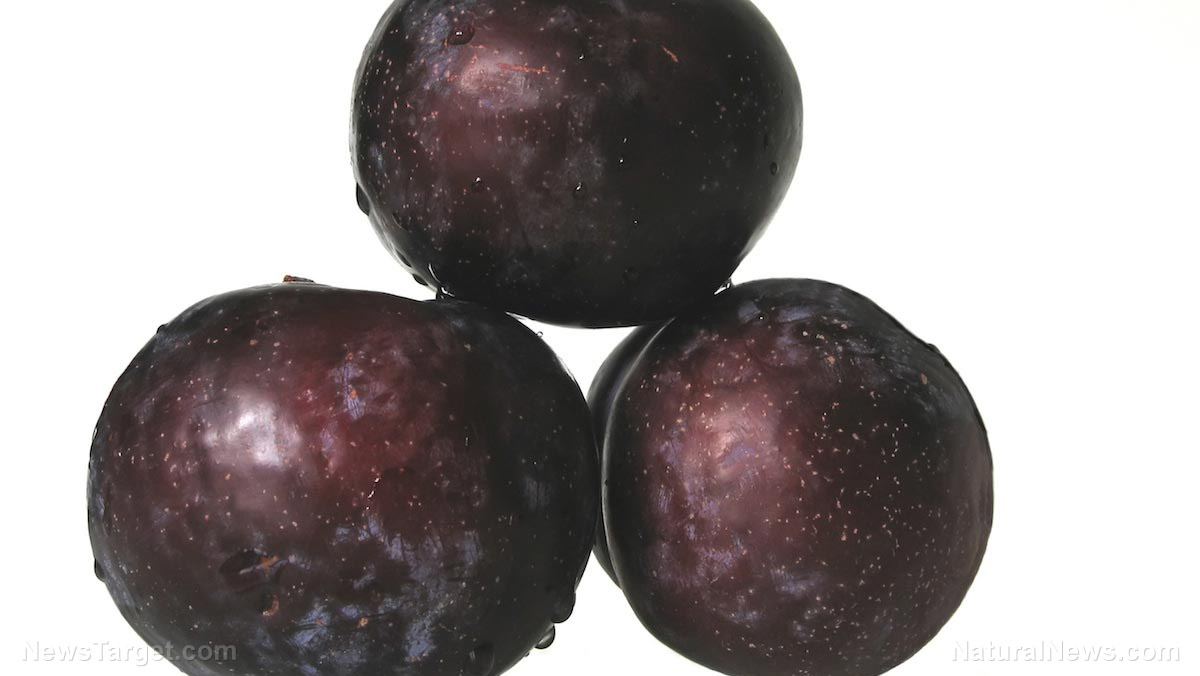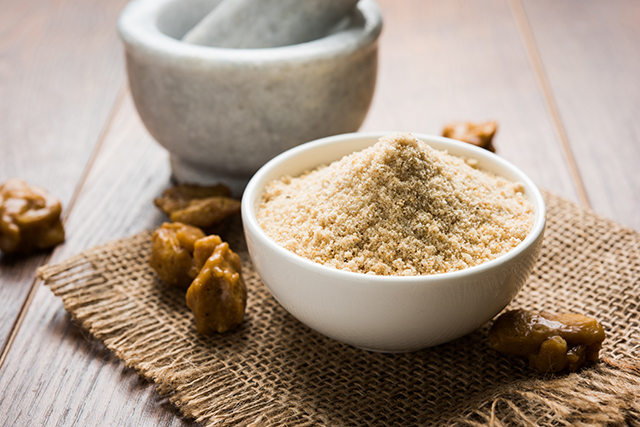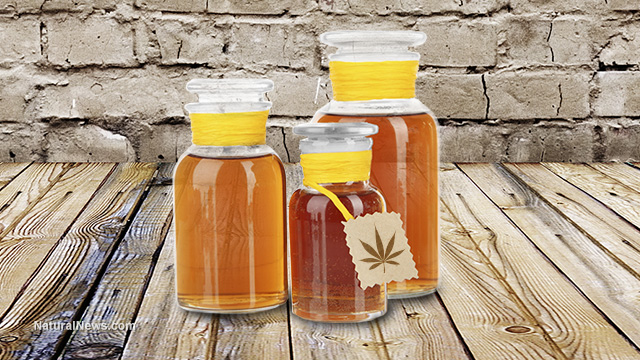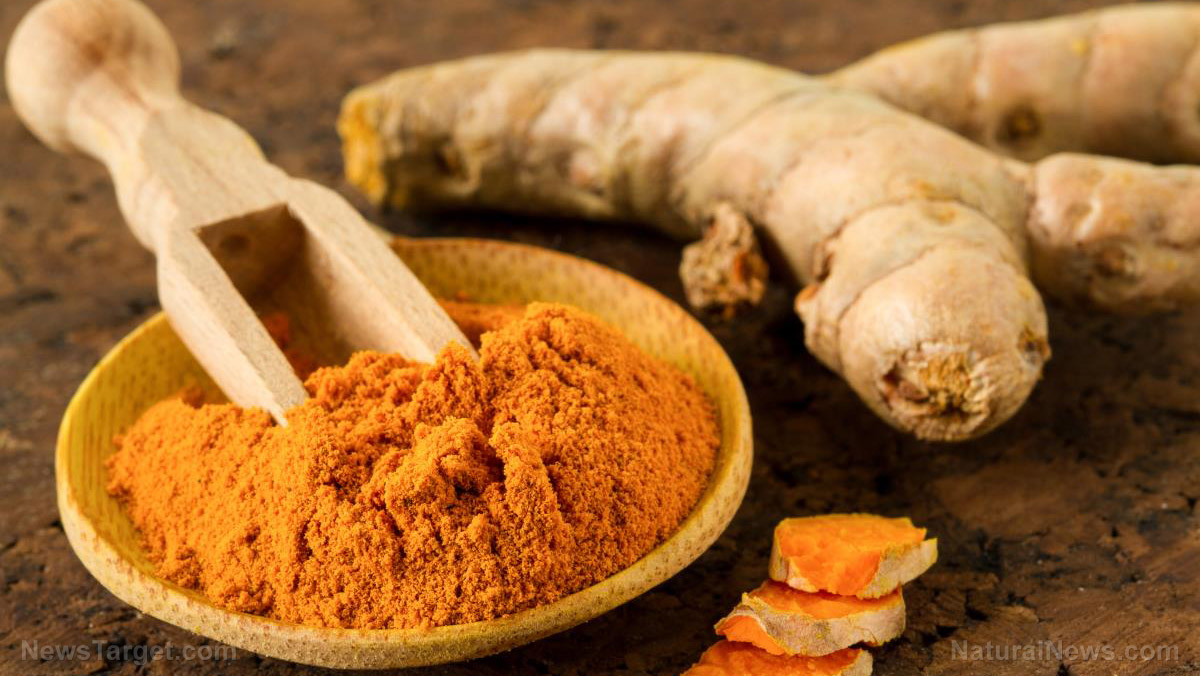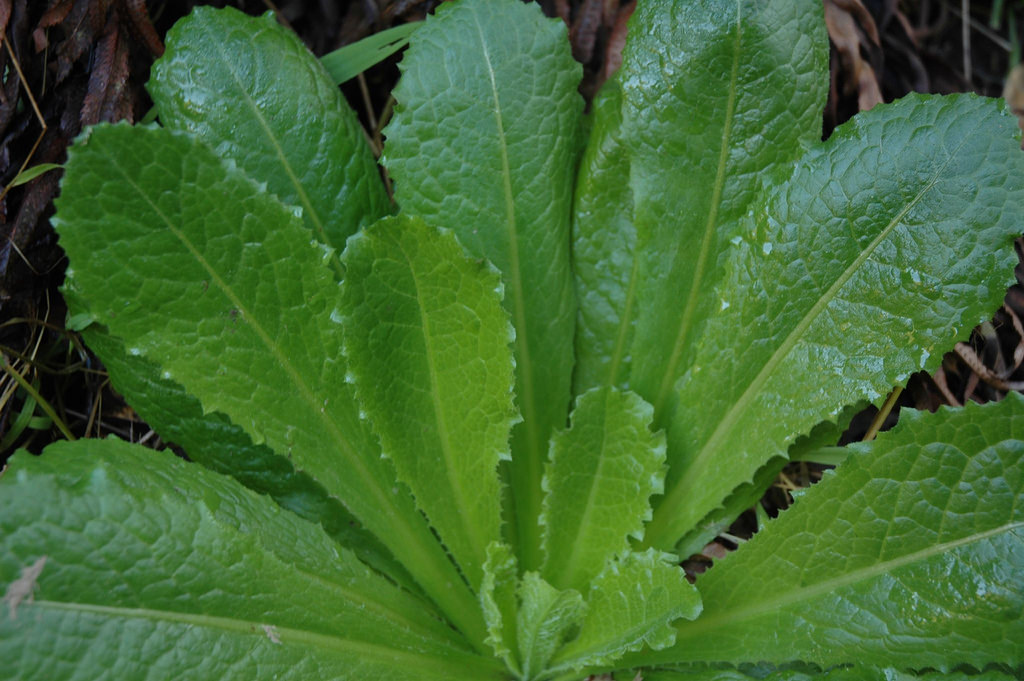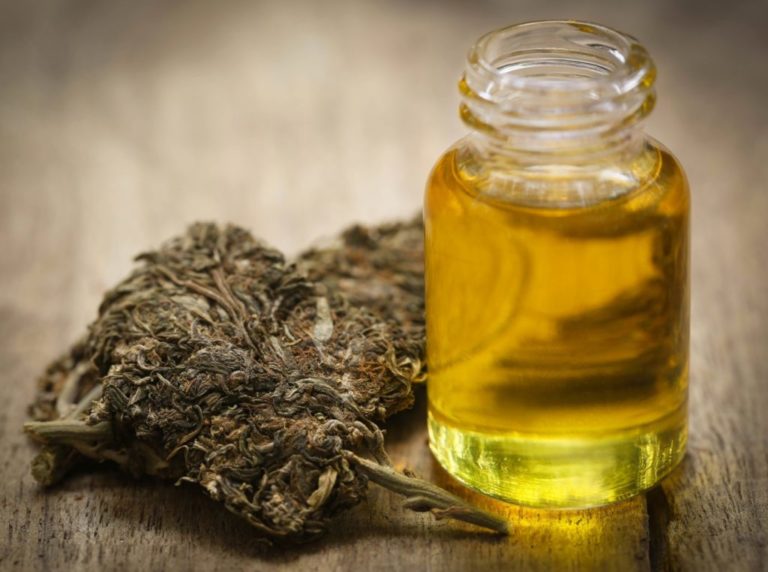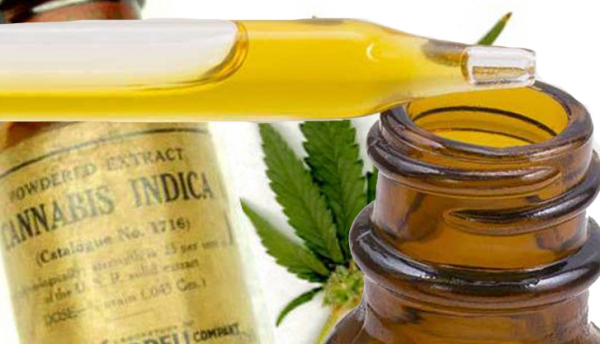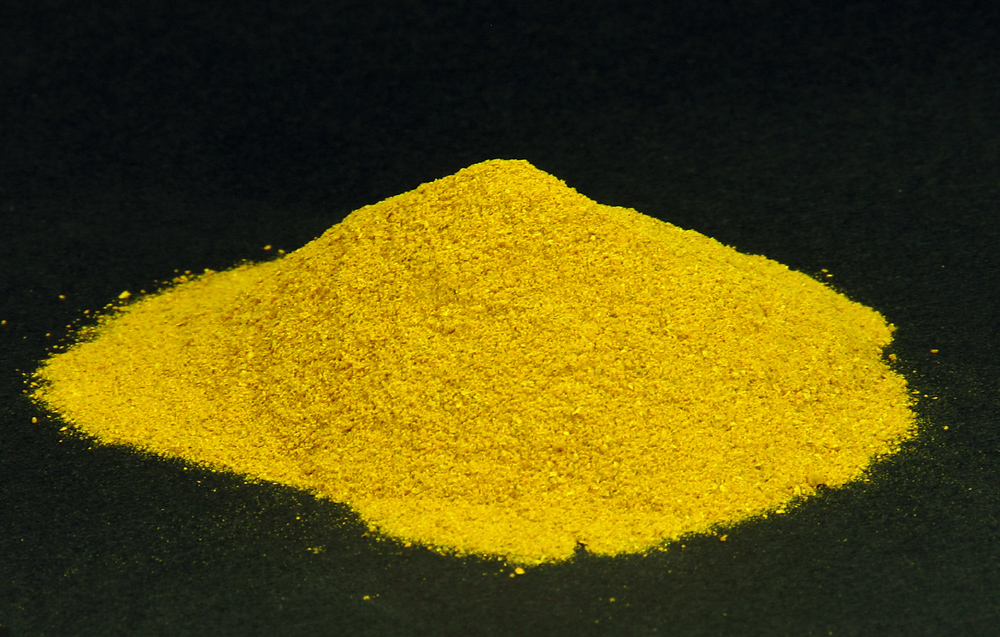The common plum tree (Prunus domestica) could provide a natural means of treating cancer and other multigenic diseases that affect multiple tissues and types of cells. A Pakistani study shows that the plum tree’s edible gum can deliver nanoparticles to target more than one disease.
Natural gums are polysaccharides that dissolve in water. They are widely used in medicine and pharmaceuticals, being natural polymers that can deliver different drugs to target cells, tissues, and organs.
The Sarhad University of Science and Information Technology (SUIT) study investigated plum gum loaded with stabilized gold and silver nanoparticles as a potential therapy for cancer, bacterial infection, and urease problems. In addition, the gold-infused gum was evaluated as a potential anti-inflammatory and analgesic.
Gold nanoparticles are easily synthesized, have a large surface area, and are very stable. They are also much less toxic to mammalian cells compared to silver nanoparticles.
This nano-traditional concept combines nanotechnology with herbal medicine. It offers a number of advantages like better bioavailability, improved therapeutic effects on the target, and standardized and internationalized methods of medical treatment. (Related: Tomato extracts KILL stomach cancer cells, new study shows.)
Plum tree gum with nanoparticles offer multi-target therapy against cancer and other diseases
The SUIT researchers reported that the gold and silver nanoparticles in the plum gum did not deteriorate in saline, neutral, and acidic environments. They also remained stable during six months of storage and withstood severe changes in temperature.
The stability of gum allowed nanoparticles to maintain their effectiveness as medicines in different environments over long periods of time.
The plum gum-loaded nanoparticles showed that they could inhibit human cervical cancer cells (HeLa). Their anti-cancer effect was akin to cisplatin, a common chemotherapy drug used to treat cancers.
However, the gum-loaded nanoparticles were far less toxic to cells than cisplatin. They could target cancer lesions without hurting healthy cells. This smarter treatment was much safer for use in humans.
The gum failed to produce a zone of inhibition against infectious bacteria. Instead, the silver nanoparticles showed preferential inhibition against the gram-positive and gram-negative strains.
The antibacterial effect of silver nanoparticles matched that of streptomycin. This antibiotic is one of the many conventional drugs that are becoming less effective as microbes develop drug resistance. New methods of treatment are needed to overcome antibiotic-resistant pathogens.
Edible gum from common plum improves existing drugs, reduces inflammation, and relieves pain
Both the gum and gold nanoparticles can inhibit the ureases produced by bacteria such as Helicobacter pylori. Ureases are toxic proteins that protect these bacteria from stomach acids and increase their harmful effects.
Untreated H. pylori infections can lead to stomach ulcers and cancers. The bacteria is also highly resistant to many antibiotics.
Disabling the urease renders the pathogen much more vulnerable to conventional antibiotics. Plum gum loaded with gold nanoparticles could either deliver new drugs or improve the effectiveness of existing treatments.
Both plum gum and gold nanoparticles reduced inflammation in lab animals with paw edema. While the gum worked well enough on its own, the gold nanoparticles made it much more effective.
Gum-loaded nanoparticles required much lower doses (40-80 mg/kg) than pure gum. They could match the performance of diclofenac sodium – an anti-inflammatory drug.
The gum could also mitigate writhing caused by pain, and gold nanoparticles boosted this analgesic effect. The smaller doses of gum-loaded nanoparticles could match the pain-relieving effect of diclofenac sodium.
The SUIT researchers concluded that the edible gum of the common plum has natural healing properties that are further improved by loading gold and silver nanoparticles into it.
Read more about natural ways to prevent and ameliorate cancer at AntiCancer.news.
Sources include
Science.news
BMCComplementAlternMed.BioMedCentral.com
Nature.com
ScienceDirect.com

